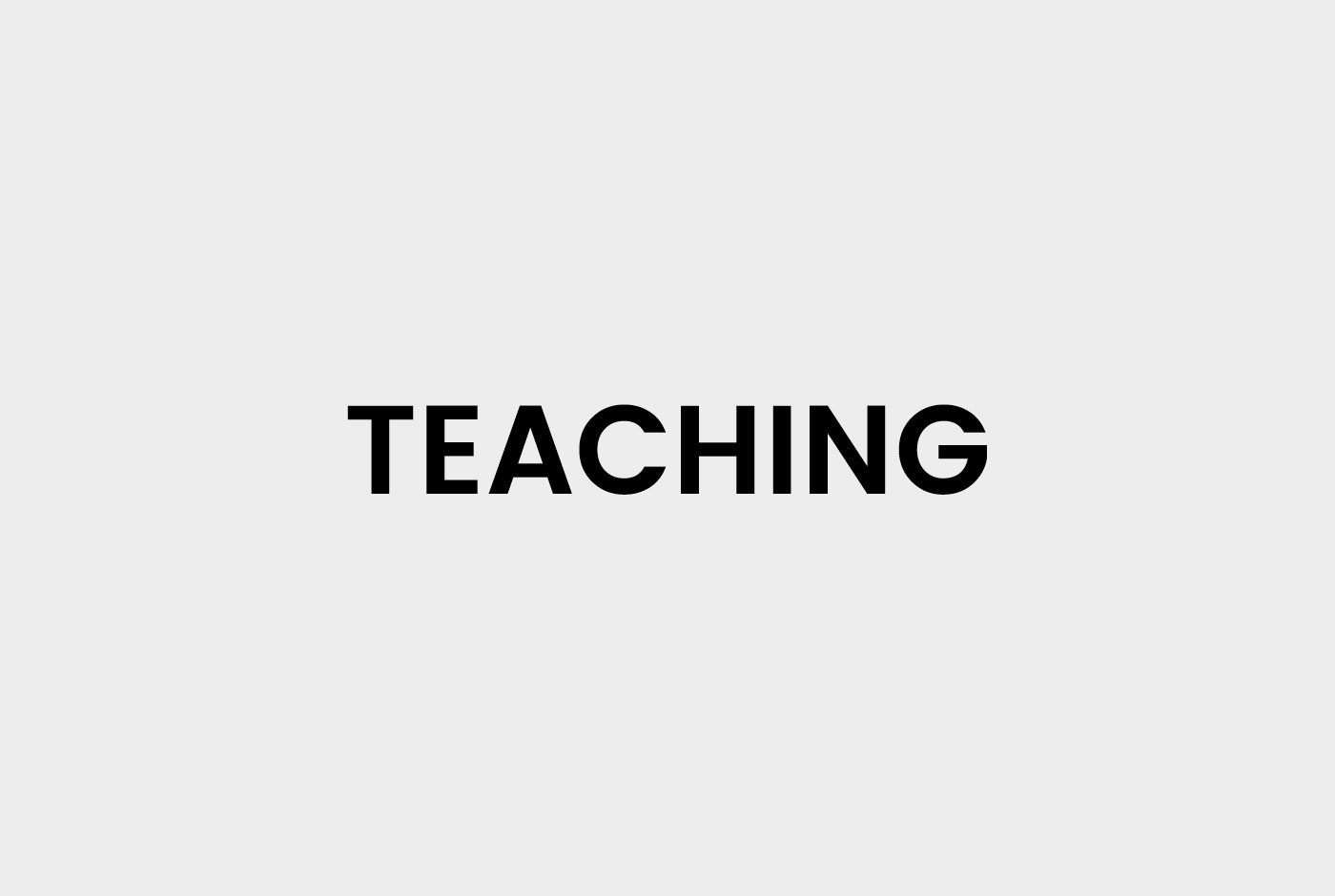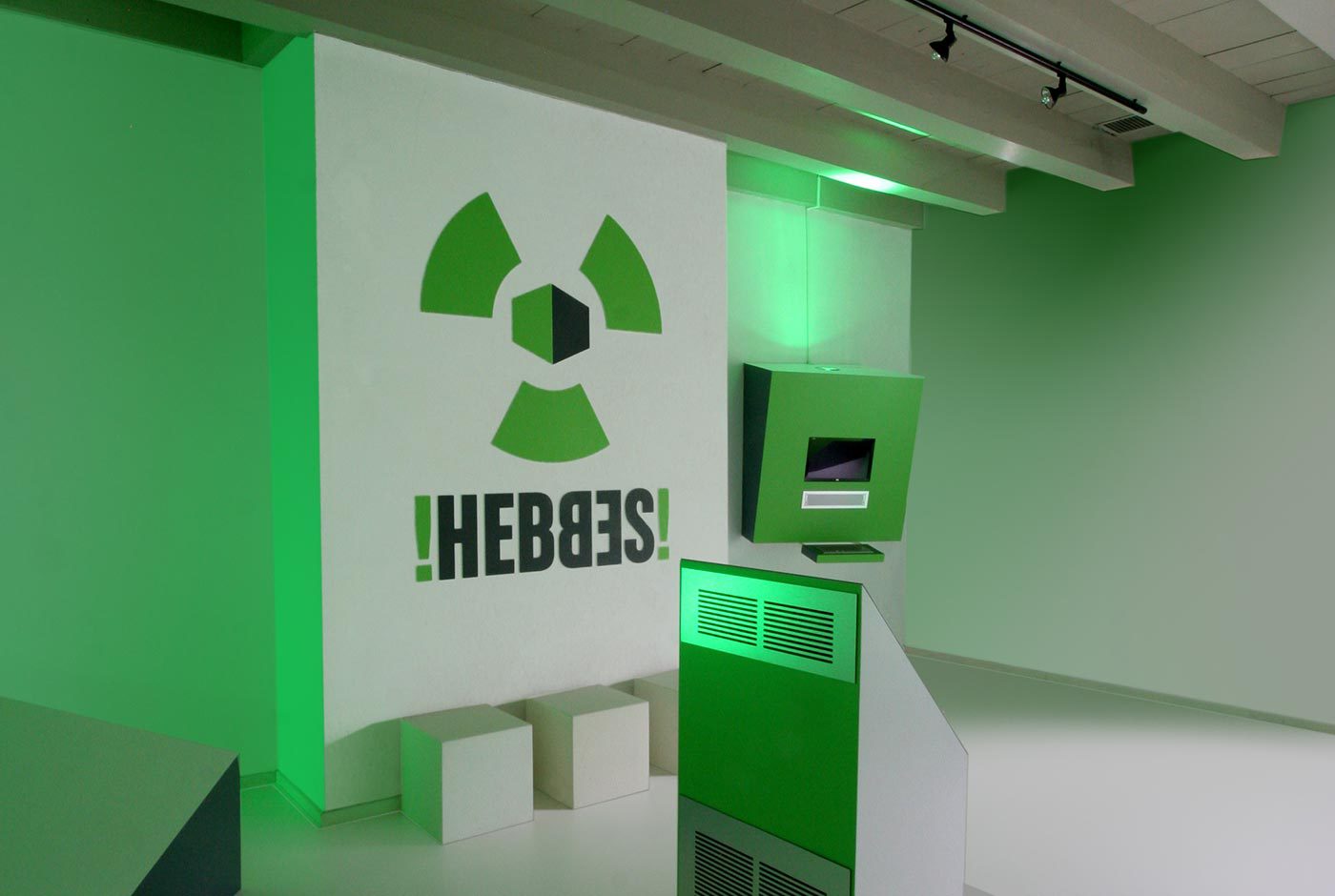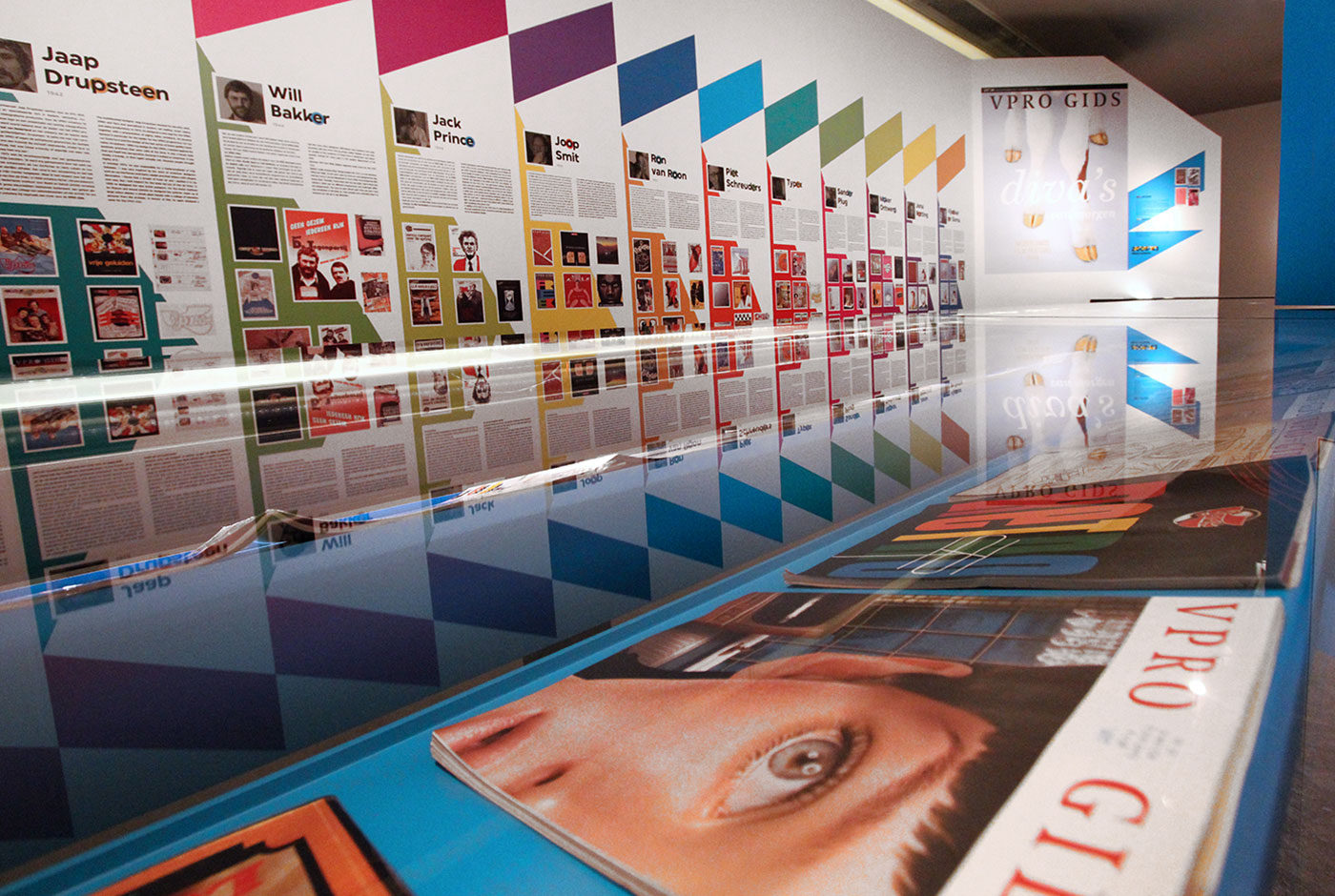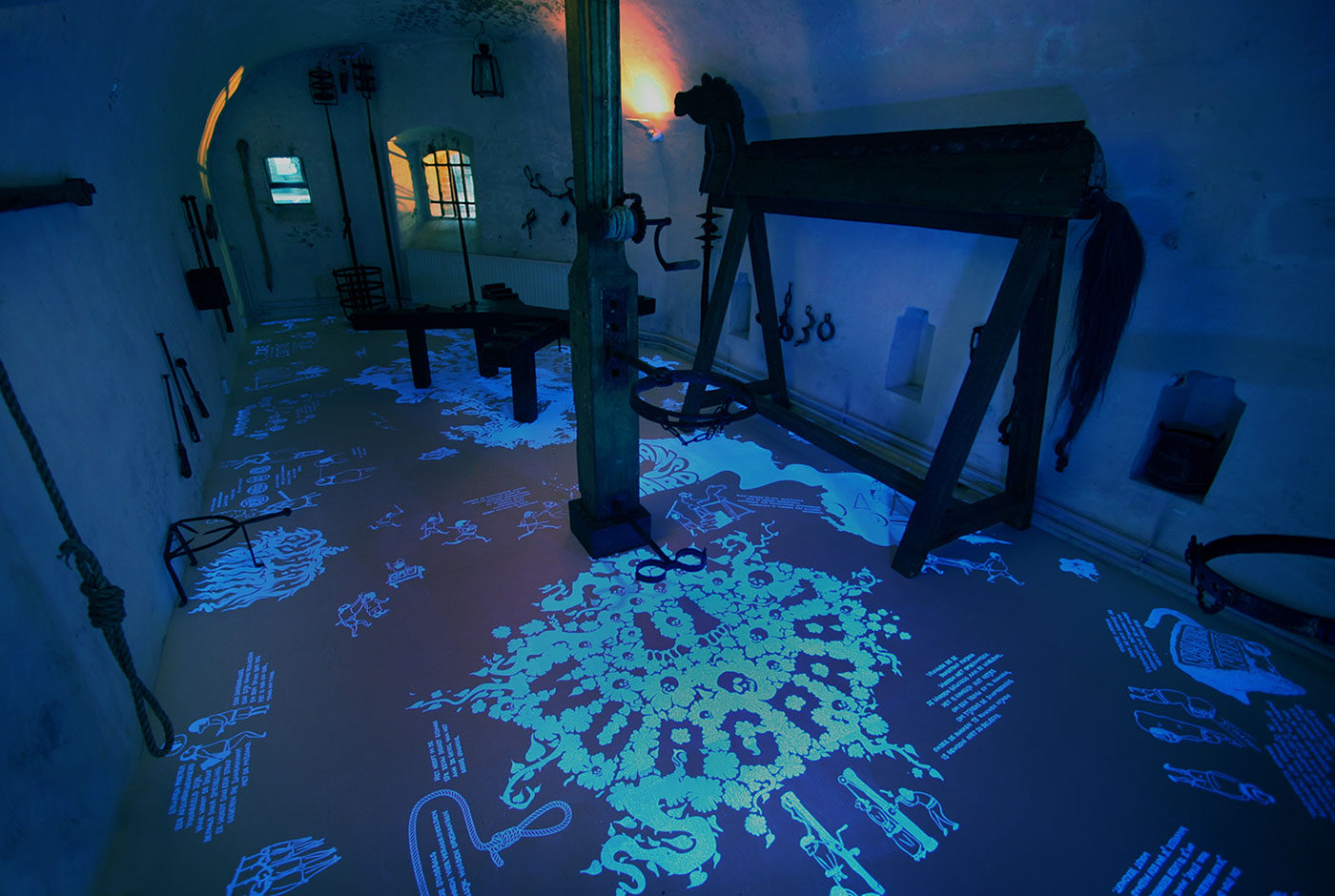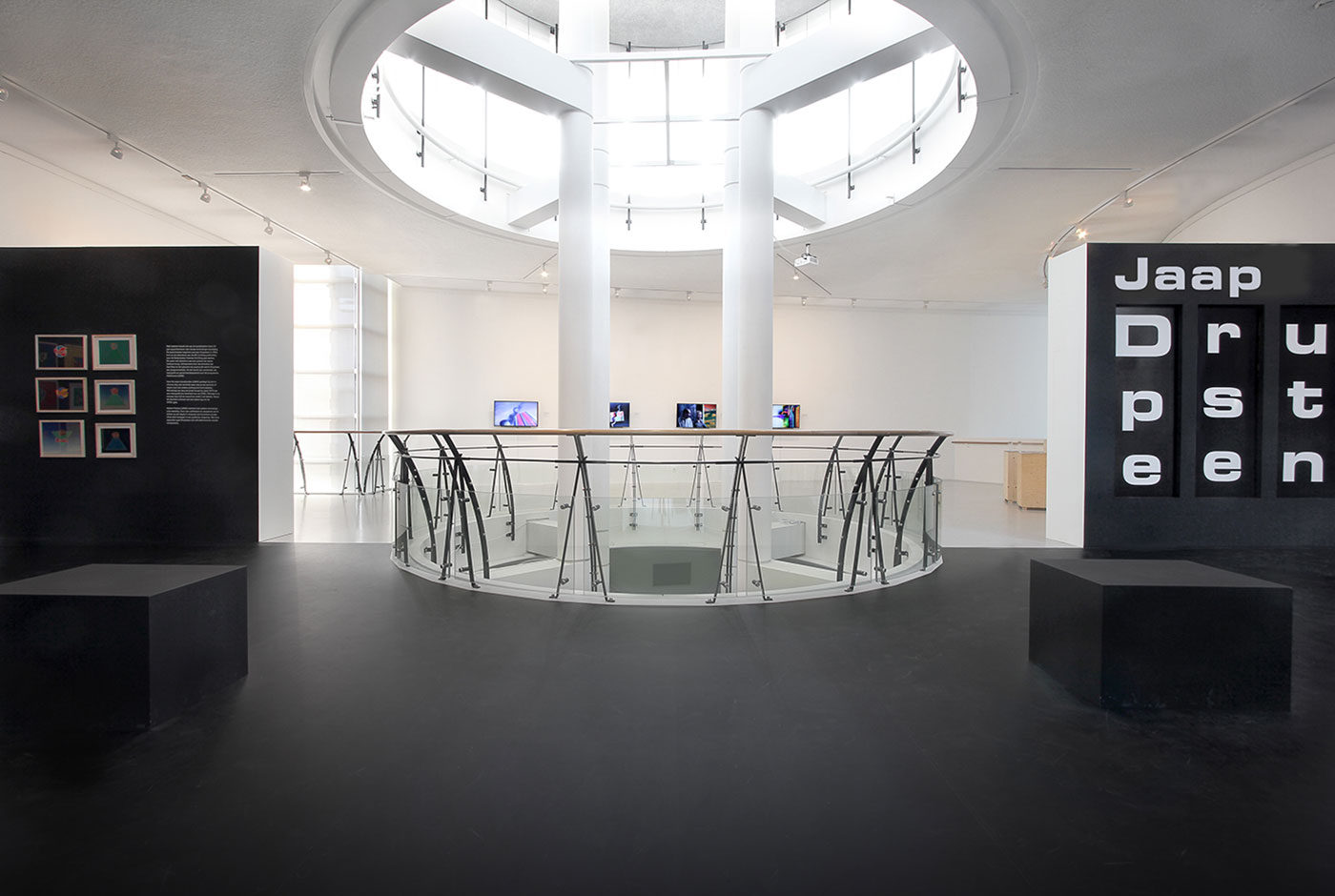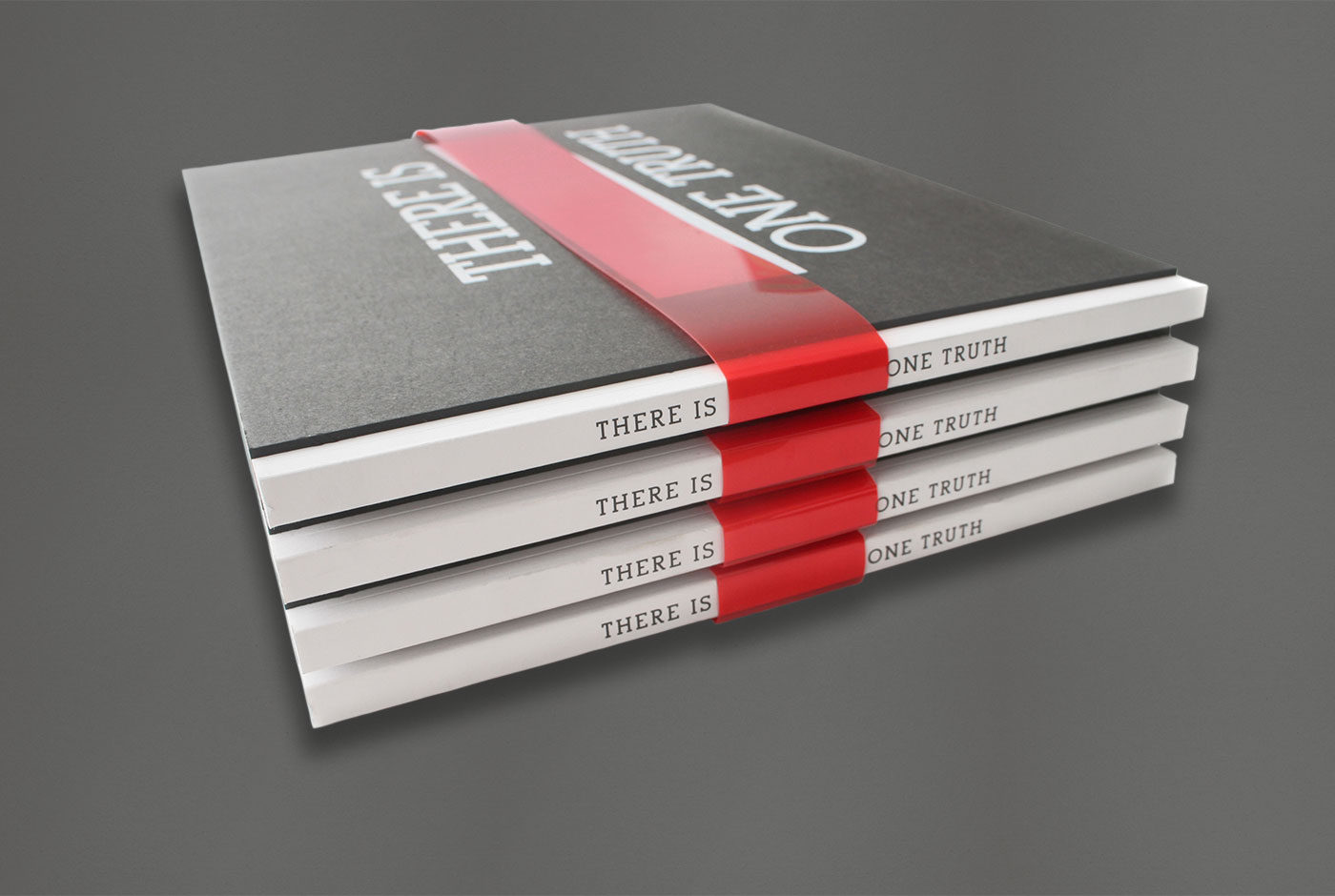Trapped in Suburbia, located at Overhoeksplein 2, 1031 KS Amsterdam, is responsible for the processing of personal data as shown in this privacy statement.
Contact details:
https://www.trappedinsuburbia.com Overhoeksplein 2, 1031 KS Amsterdam +31641378382
Karin Langeveld is the Data Protection Officer of Trapped in Suburbia He / she can be reached via karin@trappedinsuburbia.nl
Personal data that we process
Trapped in Suburbia processes your personal data by using our services and / or by providing this information to us.
Below is an overview of the personal data we process:
– First and last name
– Address data
– Phone number
– E-mail address
– Other personal data that you actively provide, for example by creating a profile on this website, in correspondence and by telephone
– Bank account number
Special and / or sensitive personal data that we process
Trapped in Suburbia processes the following special and / or sensitive personal data of you:
– sex, race (only in the case that we process a (pas) photo of you in a design this is possible to read on the basis of the image.
For what purpose and on what basis we process personal data
Trapped in Suburbia processes your personal data for the following purposes:
– To deliver goods and services to you, or to make the design
Automated decision-making
Trapped in Suburbia does not make decisions based on automated processing on matters that can have (significant) consequences for people. These are decisions taken by computer programs or systems, without a person (for example a Trapped employee in Suburbia) sitting in between.
How long we store personal data
Trapped in Suburbia does not store your personal data longer than is strictly necessary to achieve the goals for which your data is collected. We use the following retention periods for the following (categories) of personal data:
(Category) personal data> Retention period> Reason
– First and last name, Address details, Telephone number, E-mail address of clients> 2 years> to stay in touch.
– First and last name, Address details, Telephone number, E-mail address of applicants> 4 weeks> to stay in touch.
– Other personal data that you actively provide by, for example, creating a profile on this website, in correspondence and by telephone> 2 years> in order to remain in contact.
– Bank account number, VAT number, kvk number of clients> 2 years> only in use of house style design, as backup files
– Special and / or sensitive personal data (see above)> immediately after the assignment, these files will be deleted
Sharing personal data with third parties
Trapped in Suburbia provides only to third parties and only if this is necessary for the execution of our agreement with you or to comply with a legal obligation.
Cookies, or similar techniques, that we use
Trapped in Suburbia uses only technical and functional cookies. And analytical cookies that do not infringe your privacy. A cookie is a small text file that is stored on your computer, tablet or smartphone when you first visit this website. The cookies we use are necessary for the technical operation of the website and your ease of use. They ensure that the website works properly and remember, for example, your preferences. We can also optimize our website with this. You can opt out of cookies by setting your internet browser so that it does not store cookies anymore. In addition, you can also delete all information previously saved via the settings of your browser.
View, modify or delete data
You have the right to view, correct or delete your personal data. You also have the right to withdraw your consent to the data processing or to object to the processing of your personal data by Trapped in Suburbia and you have the right to data portability. This means that you can submit a request to us to send the personal information we hold to you or another organization mentioned by you in a computer file.
You can send a request for access, correction, deletion, data transfer of your personal data or request for cancellation of your consent or objection to the processing of your personal data to karin@trappedinsuburbia.nl.
To ensure that the request for access has been made by you, we ask you to send a copy of your ID with the request. Make your passport photo, MRZ (machine readable zone, the strip with numbers at the bottom of the passport), passport number and Citizen Service Number (BSN) black in this copy. This is to protect your privacy. We respond as quickly as possible, but within four weeks, at your request.
Trapped in Suburbia also wants to point out that you have the possibility to file a complaint with the national supervisory authority, the Dutch Data Protection Authority. This can be done via the following link: https://autoriteitpersoonsgegevens.nl/nl/contact-met-de-autoriteit-persoonsgegevens/tip-ons
How we protect personal data
Trapped in Suburbia takes the protection of your data seriously and takes appropriate measures to prevent misuse, loss, unauthorized access, unwanted disclosure and unauthorized modification. If you feel that your data is not properly secured or there are indications of abuse, please contact our customer service or via karin@trappedinsuburbia.nl
![]()







